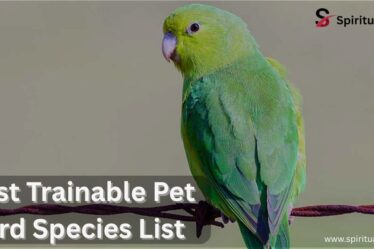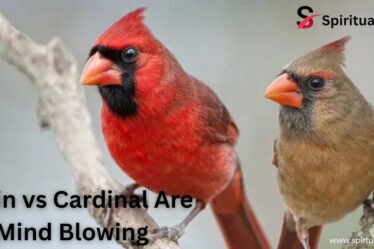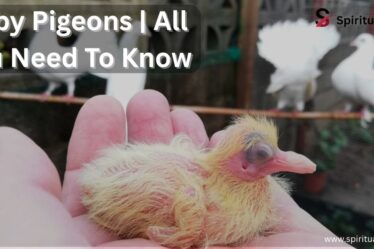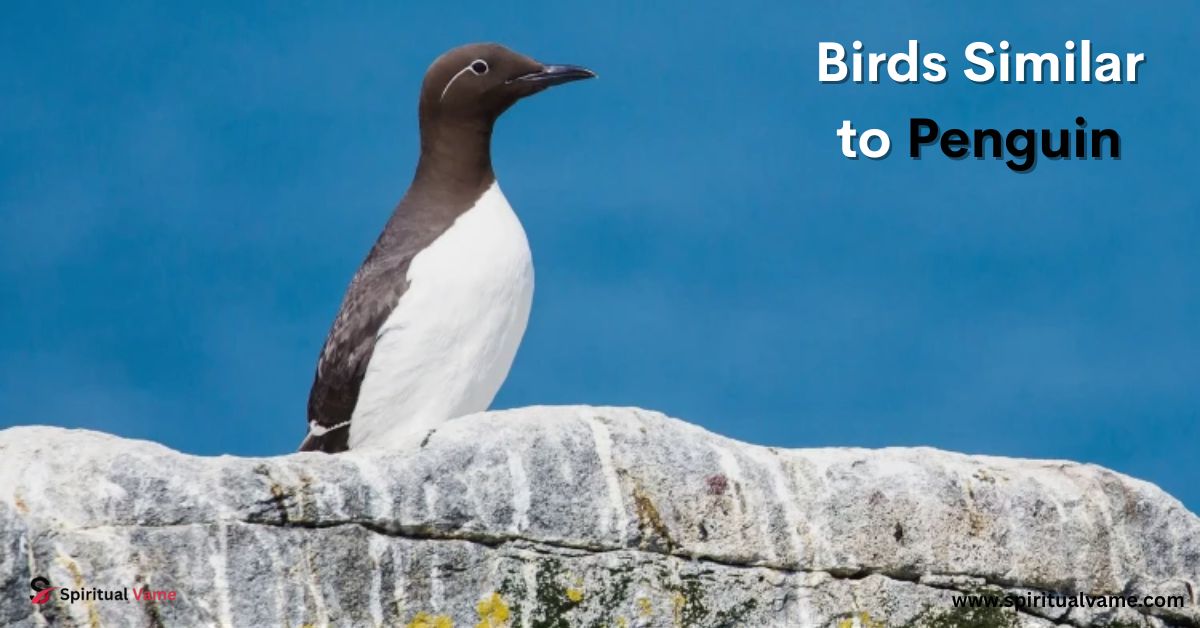
Penguins are among the most recognized birds in the world, with their upright stance, black and white plumage, and playful waddles. But did you know several other birds share similar looks, yet aren’t even close relatives? These birds may live in different regions, fly gracefully, or even nest on cliffs, but from a distance, they still resemble penguins. In this article, we’ll explore the world of birds similar to penguin, how to tell them apart, and why these similarities exist in the first place.
5 Birds Similar to Penguin
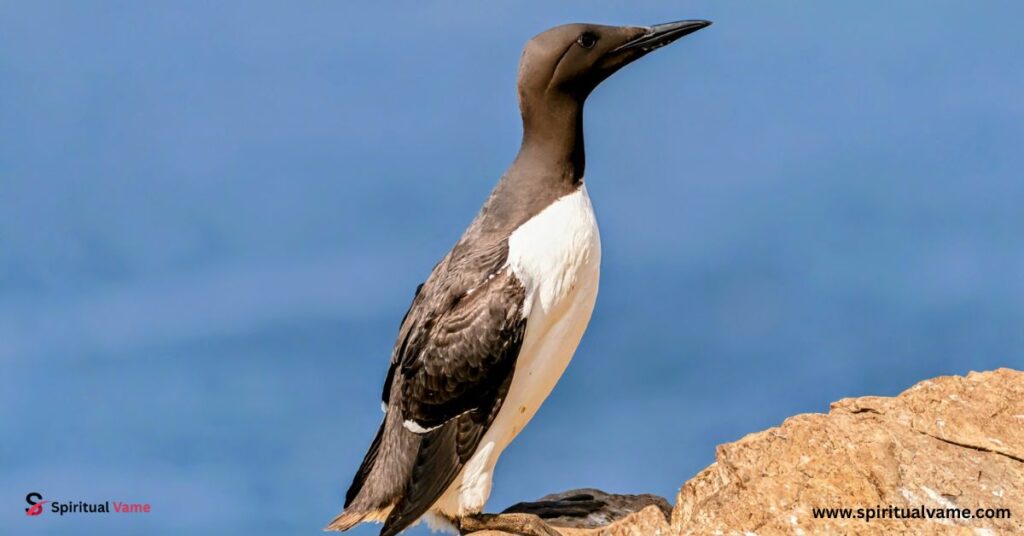
Nature has a way of repeating designs when they work well for survival. This is called convergent evolution, where unrelated species develop similar traits. That’s why several seabirds in the Northern Hemisphere, especially in the Arctic and Atlantic regions, end up looking like penguins from the Southern Hemisphere. These birds often have black upperparts and white bellies, dive for food, and walk upright.
However, unlike penguins, these birds can fly. Some nest in burrows, others on rocky ledges, and many live on coastal cliffs. Their diet, nesting behavior, and flight abilities are what truly set them apart from real penguins. Let’s explore the five most common lookalikes.
5: Common Murre
The Common Murre is a striking seabird that lives in the northern parts of the world, especially near the Arctic Circle. From a distance, they truly resemble small Adélie penguins. They have black upperparts and a white belly, creating a tuxedo-like appearance. Murres are excellent divers, able to swim underwater to catch fish. They nest in dense colonies on rocky cliffs and narrow ledges, laying their eggs directly on bare rock without building nests.
What sets the murres apart from penguins is their ability to fly, even though their wings are small and narrow. Their thin beaks are different in shape compared to penguins’ thick ones. Murres can be seen in huge numbers during breeding season, creating a loud, busy scene along the coasts of the Northern Hemisphere.
4: Razorbill
The Razorbill is another seabird that causes confusion. They live along the North Atlantic coasts and share the same black and white contrast that penguins have. Their bodies are sleek and streamlined for diving, and they are also part of the auk family. What really stands out is their thick black beak with a white line, a key feature that helps tell them apart from other seabirds.
Although razorbills resemble penguins in shape and coloring, they can fly, often moving quickly above the ocean surface. They nest on rocky cliffs and ledges, just like murres. These birds are agile in the water, using their wings to propel themselves when chasing prey. Despite their seabird lifestyle, their flight skills and nesting habits are clear differences from penguins.
3: Little Auk
The Little Auk is like a miniature penguin, living in the Arctic regions. Its small body, black back, and white belly make it look a lot like a penguin chick. Little Auks feed on plankton and tiny fish, diving deep into cold waters. Even though they’re tiny, they’re strong fliers and fast swimmers.
Unlike penguins, which are flightless, little auks take to the skies with ease. Their wings are short but powerful, and they often appear in large flocks over the ocean. This bird’s appearance, combined with its northern home and social behavior, is why it’s often confused with penguins. However, their flying ability and diet based on small plankton are clear signs of difference.
2: Booby
Boobies are tropical seabirds found in warm ocean environments, far from where penguins live. They have a streamlined build, long pointed beaks, and are part of the Sulidae family. Many people confuse them with penguins because of their upright posture and diving skills. They catch fish by diving from the air at high speed.
One of the most famous types is the Blue-Footed Booby, easily recognized by its bright blue feet and comical dances. These birds are expert fliers and nest on the ground or cliffs. The differences between boobies and penguins become clear when you notice their colorful features, long wings, and flight patterns. While penguins waddle on land, boobies soar in the sky.
1: Puffin
The Atlantic Puffin is one of the most loved seabirds and often mistaken for a penguin. With its black back, white belly, and upright stance, it’s no surprise. Puffins nest on cliffs and dig deep burrows where they raise their chicks. One of the puffin’s most famous features is its colorful orange beak and feet, especially during the breeding season.
Unlike penguins, puffins are strong fliers, reaching speeds over 55 mph. They use their triangular wings for flying and also for swimming underwater. Puffins are expert divers, catching small fish like herring or sand eels. Their bright coloring, nesting in burrows, and ability to fly make them truly different from penguins, even if they look similar from a distance.
Birds Similar to Penguin
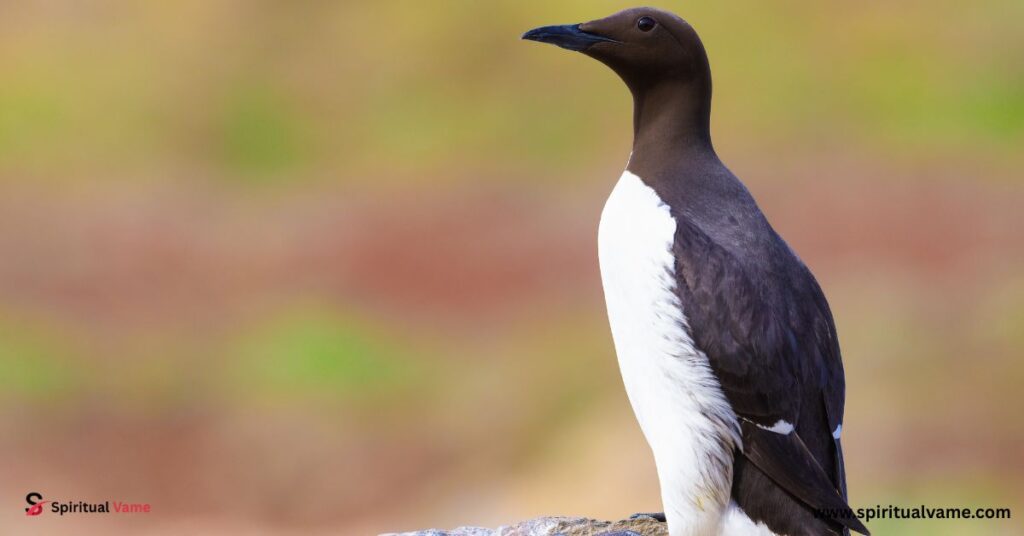
Many birds around the world have evolved to resemble penguins due to similar lifestyles. These birds live near oceans, feed on fish, and need to swim well. To adapt, they developed short wings for diving, black and white plumage, and upright bodies. These shared features often lead people to confuse them with penguins.
But key distinctions between penguins and lookalikes include the ability to fly, where they nest, and which hemisphere they live in. Penguins are only found in the Southern Hemisphere, while many of their lookalikes live in the Northern Hemisphere. Also, penguins are completely flightless, while their doubles soar through the skies.
Is a Puffin a Type of Penguin?
Many people think puffins are penguins because of their posture and color. But puffins and penguins are from completely different bird families. Puffins are fliers, part of the auk family, and live in the North Atlantic, while penguins are flightless seabirds that live mostly in the Southern Hemisphere.
How Do You Tell a Penguin From an Atlantic Puffin?
1. Origin
Penguins are found in the Southern Hemisphere, like Antarctica, while puffins live in the Northern Hemisphere, especially near Iceland and Newfoundland.
2. Physical Abilities
Puffins can fly and dive, while penguins are flightless but great swimmers. Puffins use their wings both in air and water.
3. Physical Appearance
Puffins have a colorful orange beak, smaller body, and bright feet, while penguins usually have larger bodies and solid-colored beaks.
4. Nesting
Puffins nest in burrows on cliffs, while penguins often nest on open ground or icy areas in colonies.
Is a Murre a Type of Penguin?
The Common Murre might walk like a penguin and dive like one, but it’s not a penguin. It belongs to the auk family and is more closely related to puffins than penguins. It shares some penguin-like habits, such as nesting on cliffs and forming huge colonies.
How Do You Tell a Penguin From a Murre?
1. Origin
Murres live in the Northern Hemisphere, especially in the Arctic and northern Atlantic regions.
2. Physical Abilities
Murres can fly, though their wings are small. Penguins, in contrast, are flightless but better built for swimming.
3. Physical Appearance
Murres have a thin beak and slender body. Penguins have a thicker build and different face patterns.
4. Nesting
Murres lay their eggs on bare ledges, while penguins usually nest on ground or in icy colonies.
What Other Birds Are Mistaken for Penguins?
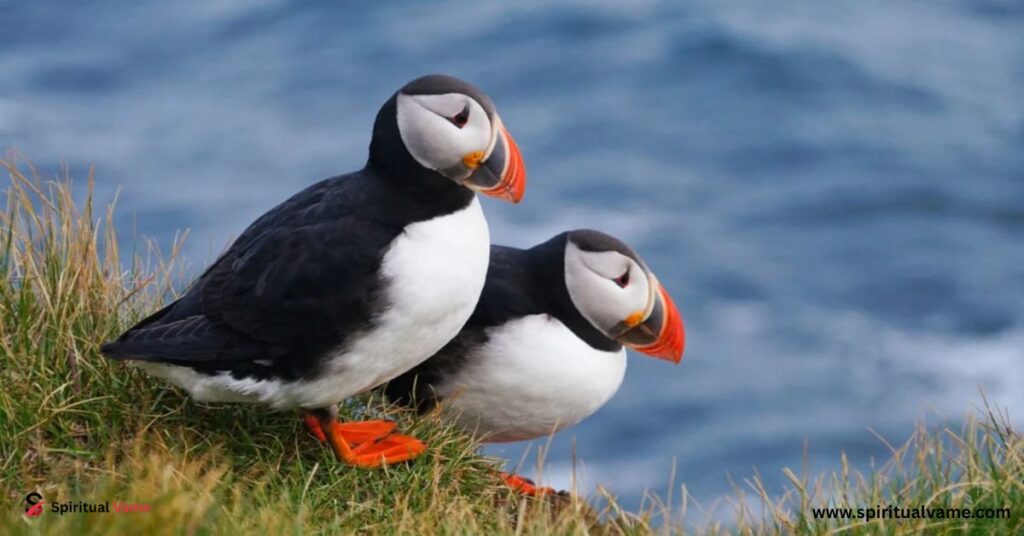
1. Little Auk
What Are the Differences?
They are tiny, fly, and live in the Arctic, while penguins are larger and live in the Southern Hemisphere.
2. Razorbill
What Are the Differences?
They can fly, have a white line on their thick beak, and nest on cliffs, unlike penguins who waddle and stay grounded.
3. Blue-Footed Booby
What Are the Differences?
Their bright feet, tropical habitat, and long wings separate them clearly from penguins.
Final Thoughts
Though penguins may be the stars of the cold, icy south, their northern lookalikes are just as fascinating. From the playful puffins with their orange beaks to the razorbills cutting through the waves, each bird brings its own charm and story. These birds remind us how the same environment can shape different species in similar ways.

